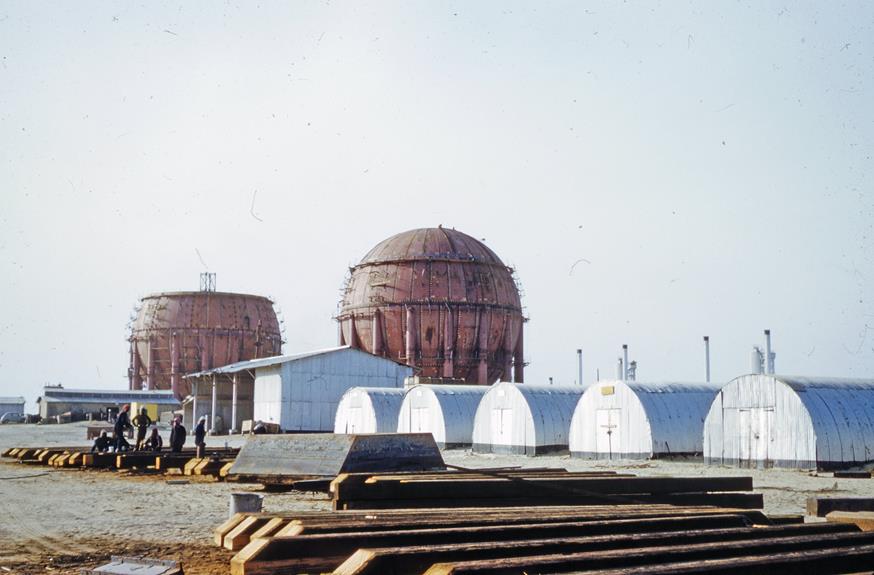Examining the intricate web of media ownership, the rise of digital platforms, and the subtle dance between government regulation and censorship provides a nuanced view of Saudi Arabia's current news landscape.
Understanding the delicate balance between traditional media outlets and the burgeoning influence of social platforms offers a unique perspective on how information flows within the Kingdom.
As we explore the various facets shaping the news environment, it becomes evident that insider insights hold the key to unraveling the complexities that define journalism in Saudi Arabia today.
Media Ownership and Influence

The landscape of media ownership and influence in Saudi Arabia is highly concentrated among a few powerful entities. Corporate influence plays a significant role in shaping the narratives presented to the public, impacting journalistic integrity in the process. The intertwining of media ownership with corporate interests can sometimes lead to conflicts of interest, where the pursuit of profit may overshadow the commitment to unbiased reporting.
In Saudi Arabia, media outlets are often owned by conglomerates with ties to the government or other influential figures. This close relationship between media owners and power structures can result in self-censorship or selective reporting to align with the interests of the owners. Journalistic integrity, which should prioritize factual and impartial reporting, may be compromised in favor of promoting specific agendas or protecting vested interests.
As a result, the diversity of voices and perspectives in the Saudi Arabian media landscape may be limited, with certain narratives dominating the discourse. Navigating this environment requires a critical eye and an awareness of the potential biases that corporate influence can introduce into news coverage.
Rise of Digital News Platforms
Amidst the evolving media landscape in Saudi Arabia, digital news platforms are gaining prominence as key sources of information and communication. With the rise of digital innovation, these platforms have revolutionized the way news is consumed and shared. By leveraging technology, they offer a dynamic and interactive experience for audiences, allowing for real-time updates and personalized content delivery.
One of the significant advantages of digital news platforms is their ability to enhance audience engagement. Through features like comments sections, social media integration, and interactive multimedia elements, these platforms facilitate two-way communication between news providers and consumers. This engagement not only fosters a sense of community but also enables audiences to participate in discussions and share their viewpoints on various issues.
As digital news platforms continue to evolve and adapt to the changing media landscape, they are likely to play an increasingly pivotal role in shaping the news industry in Saudi Arabia. By prioritizing audience engagement and embracing digital innovation, these platforms are poised to remain at the forefront of delivering timely and relevant news to a diverse range of audiences.
Government Regulation and Censorship

Government regulation and censorship in Saudi Arabia's news landscape have a significant impact on the dissemination of information and the freedom of the press within the country. Saudi Arabia operates under strict regulatory challenges that control the news media environment, leading to limitations on what can be reported. The government exerts control over traditional media outlets, ensuring that news aligns with official narratives and values. This control extends to online platforms as well, with websites and social media monitored for content that may be deemed inappropriate or critical of the government.
Freedom of the press in Saudi Arabia faces constraints due to these regulatory challenges. Journalists must navigate stringent laws that restrict their ability to report independently and critically. Censorship is common, and self-censorship is often practiced to avoid repercussions. Consequently, the news landscape in Saudi Arabia is heavily influenced by government regulations, shaping the information that reaches the public and impacting the overall media environment in the country.
Impact of Social Media on News
Social media has emerged as a dynamic force shaping the dissemination and consumption of news in Saudi Arabia's evolving media landscape. With the rise of platforms like Twitter, Snapchat, and Instagram, news spreads rapidly, reaching a vast audience almost instantaneously. However, this digital transformation has also brought about significant challenges. One such challenge is the proliferation of fake news, where misinformation can quickly circulate and mislead the public. This poses a threat to the credibility of news sources, as distinguishing between authentic and fabricated stories becomes increasingly difficult.
As social media users often rely on shared content for their news consumption, the risk of encountering false information is heightened. This phenomenon not only impacts individual perceptions but also raises broader concerns about the integrity of the news ecosystem in Saudi Arabia. As a result, news organizations and individuals alike face credibility challenges in an environment where distinguishing truth from falsehood is a constant struggle. Efforts to combat fake news and uphold the credibility of news sources have become essential in the digital age.
Future Trends in Saudi Journalism

With the rapid advancements in technology and shifting consumer preferences, the future of journalism in Saudi Arabia is poised for transformative changes. As the media landscape continues to evolve, innovative storytelling techniques are expected to play a pivotal role in shaping how news is disseminated and consumed in the country. From immersive multimedia experiences to interactive platforms, journalists in Saudi Arabia are likely to embrace new ways of engaging with their audience and delivering information.
Moreover, the evolution of journalistic ethics is set to be a key focus in the future of Saudi journalism. With the rise of citizen journalism and the increasing reliance on social media as sources of news, maintaining integrity, impartiality, and accuracy will be paramount. Journalists will need to navigate the ethical challenges posed by the digital age while upholding professional standards and credibility.
Frequently Asked Questions
How Do Cultural Norms and Traditions in Saudi Arabia Influence the Types of News Stories That Are Covered by Media Outlets?
Cultural norms and traditions in Saudi Arabia significantly shape the landscape of media coverage. These influences dictate the types of news stories that are prioritized and covered by media outlets, reflecting the societal values and expectations within the country.
How Do Media Outlets in Saudi Arabia Navigate the Balance Between Government Regulations and Journalistic Freedom?
Media outlets in Saudi Arabia must navigate the delicate balance between adhering to government regulations and upholding journalistic independence. This challenge requires a nuanced approach to reporting while respecting the boundaries set by authorities.
What Role Do Foreign Media Outlets Play in Shaping the News Landscape in Saudi Arabia?
Foreign media outlets in Saudi Arabia can significantly influence the news landscape by offering diverse perspectives and coverage. However, concerns about media bias and agendas may arise, impacting the public's perception of events and shaping narratives.
How Do Religious Authorities in Saudi Arabia Influence the Content and Tone of News Reporting?
Religious authorities in Saudi Arabia exert significant influence on media reporting by controlling the tone and content of news. Their guidance and directives often shape public discourse and impact the way events are portrayed in the news.
How Do Economic Factors Impact the Sustainability of Traditional Media Outlets in Saudi Arabia?
Economic factors significantly affect the sustainability of traditional media outlets in Saudi Arabia. Globalization has led to increased competition and the need for diversification. Adapting to changing consumer preferences and technological advancements is crucial for their survival in the evolving media landscape.
Conclusion
In conclusion, Saudi Arabia's news landscape is heavily influenced by government regulations and censorship, as well as the rise of digital news platforms.
Social media has also played a significant role in shaping how news is consumed and shared in the country.
Looking ahead, the future of Saudi journalism will likely continue to evolve with advancements in technology and changes in societal norms.

